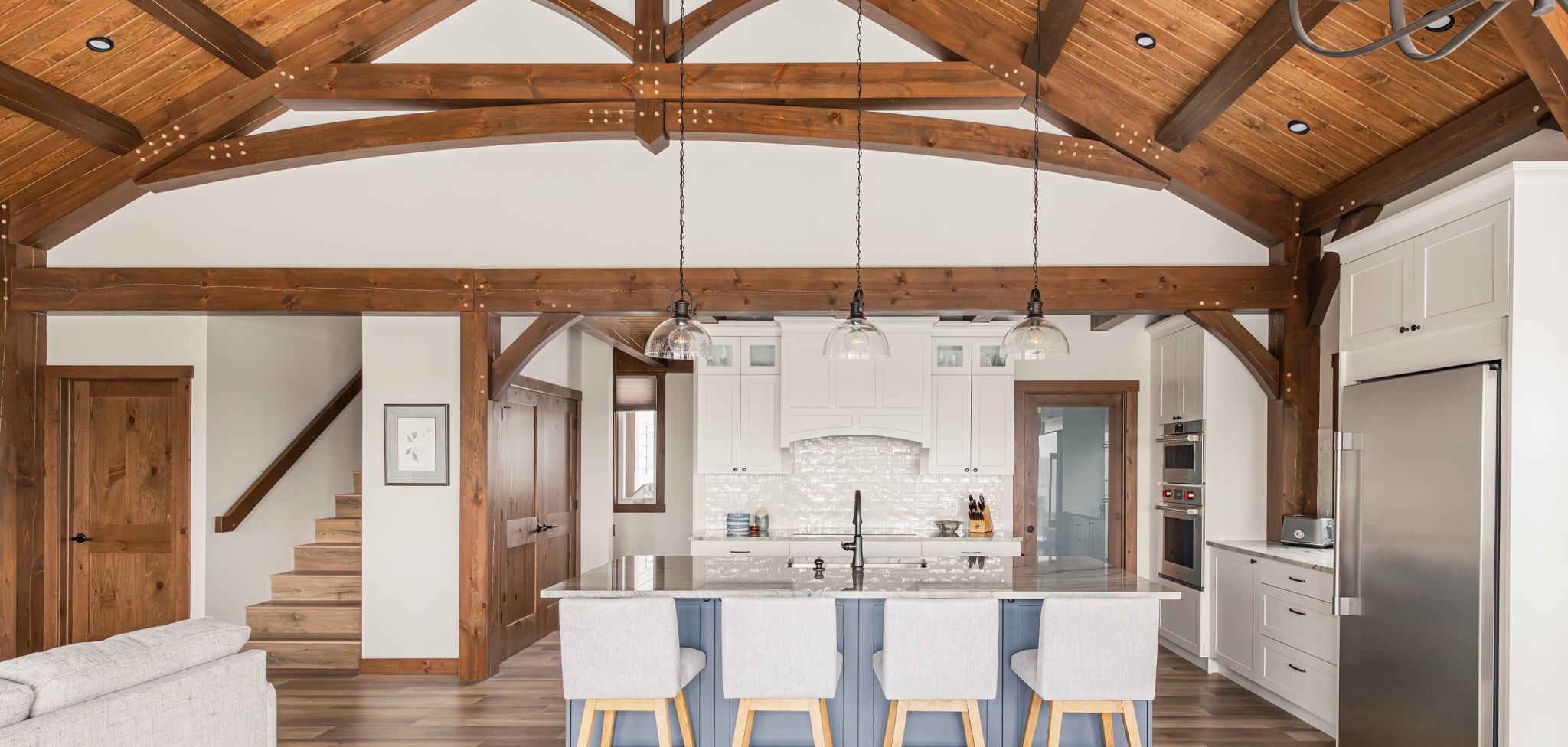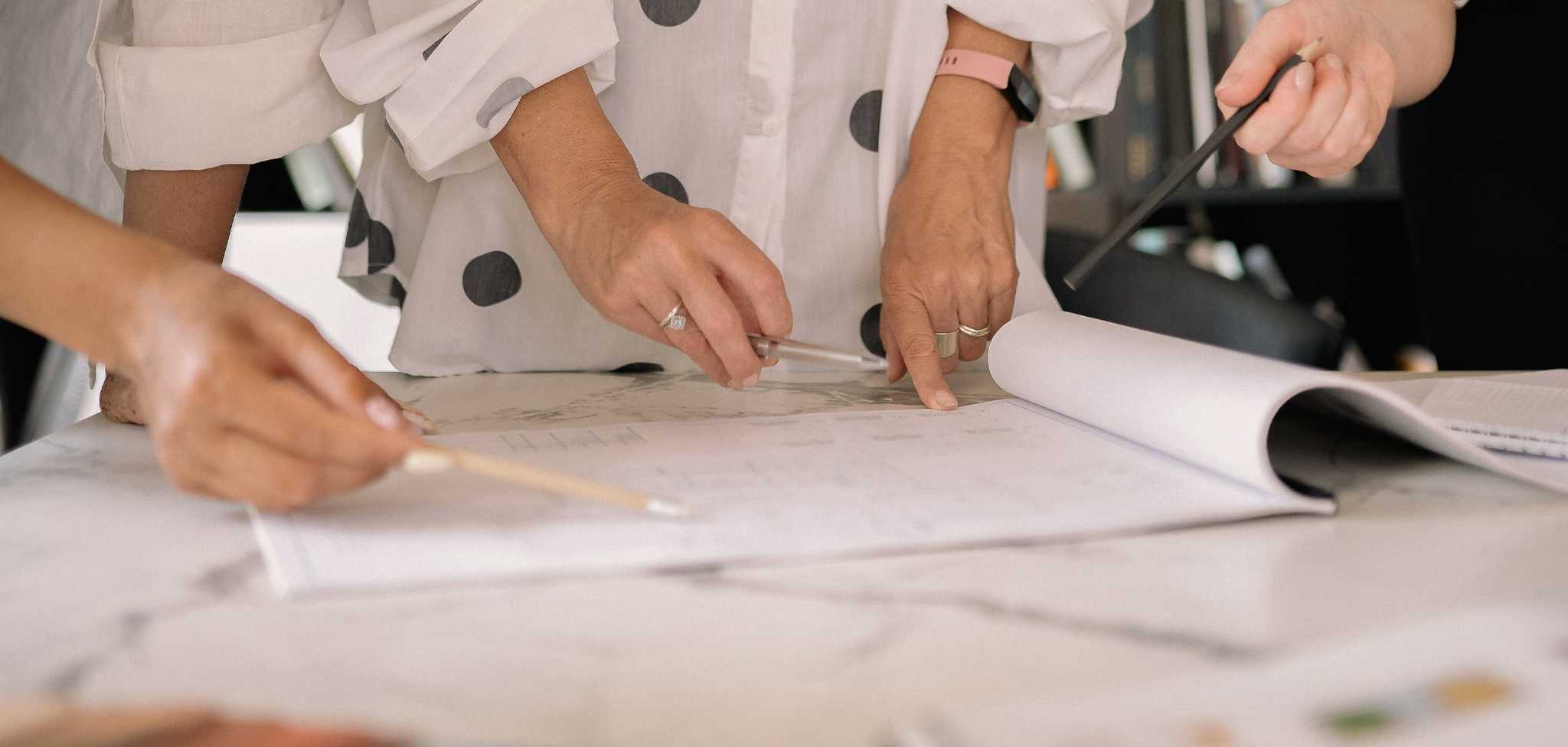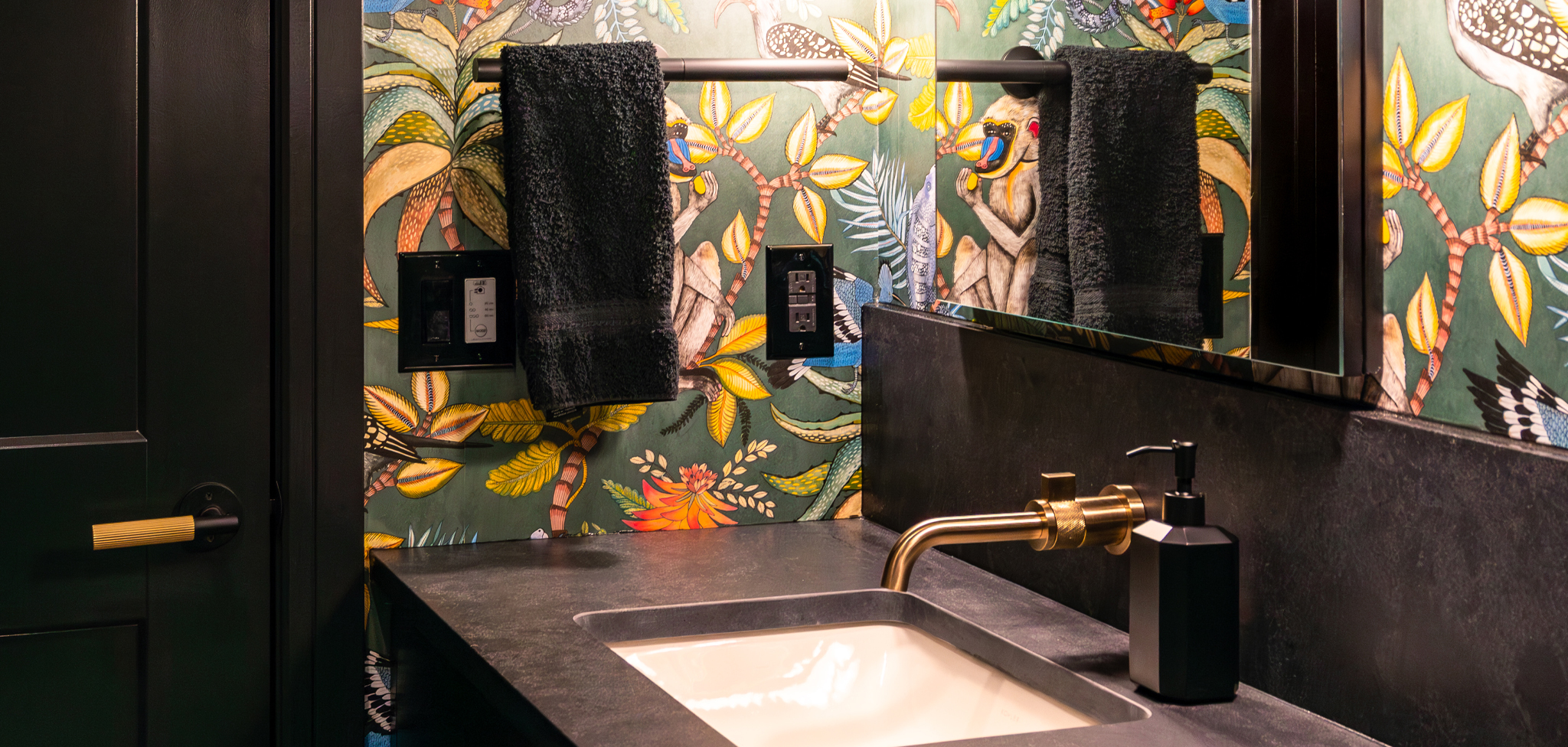Choosing the architectural design for your home is an exciting journey that sets the tone for your living experience. Your home should not only reflect your personal style but also meet your functional needs. Here are some essential steps to guide you through the design selection process.
Define Your Vision

Start by envisioning what you want your home to look like. Consider the following:
Style Preferences:
Do you lean toward traditional, modern, eclectic, regional, or specialty designs? Collect images from magazines, websites, or social media that inspire you. This will help clarify your taste.
Functionality:
Think about your lifestyle and how you intend to use the space. Will you host gatherings? Do you need a home office? A well-designed home caters to your daily activities.
Future Needs:
Consider your long-term plans. If you expect your family to grow or your lifestyle to change, ensure your design can adapt over time.
Research Architectural Styles

Image By New Copper Photography
Familiarize yourself with different architectural styles. Each has unique characteristics and charm. Here are some styles to consider:
Traditional:
This style emphasizes classic details, symmetry, and timeless elegance. Features may include brick or wood siding, gabled roofs, and formal entryways.
Rustic:
This style focuses on natural materials such as wood, stone, and metal, creating a warm, earthy feel. It often draws inspiration from cabins or lodges, featuring exposed beams, large fireplaces, and a connection to the surrounding landscape.
Modern:
Known for its clean lines and open spaces, modern architecture promotes a minimalist aesthetic, often with large windows and a focus on natural light.
Eclectic:
This style combines elements from various architectural influences, allowing for creativity and personalization. It often features a mix of colors, textures, and materials.
Regional:
These designs reflect the characteristics of specific areas or climates. For example, homes in coastal regions may feature large porches and weather-resistant materials, while those in mountainous areas may incorporate stone and wood.
Understanding these styles can help you narrow down your options and find a design that resonates with you.
Consult with Professionals

Engaging with architects and designers can provide invaluable insights into the design process. They can help you:
Translate Ideas into Plans:
Professionals can take your vision and create detailed plans that balance aesthetics with structural integrity.
Understand Regulations:
Building codes and regulations vary by location. A knowledgeable architect will ensure your design complies with local requirements.
Identify Potential Issues:
Experienced designers can foresee potential challenges during construction, saving you time and money in the long run.
Consider the Environment

When selecting architectural designs, consider how your home will interact with its surroundings. Think about:
Site Orientation:
Positioning your home to maximise natural light and views can enhance your living experience.
Climate Considerations:
Choose materials and designs that are suitable for your climate. For instance, a home in a warmer area may benefit from overhangs that provide shade.
Landscaping:
A well-designed home should integrate with its landscaping. Consider how the architecture complements your outdoor space.
Personal Touches

Image By New Copper Photography
While it is essential to consider functionality and style, do not forget to infuse your personality into the design. This can be achieved through:
Colour Choices:
Select colours that reflect your style and evoke the right emotions in your living spaces.
Unique Features:
Incorporate elements that are meaningful to you, such as custom cabinetry, special lighting, or artistic finishes.
Materials:
Choose materials that resonate with you, whether they are warm woods, sleek metals, or sustainable options.
Final Thoughts
Picking the architectural designs for your house is a process that requires careful consideration and creativity. By defining your vision, researching styles, consulting with professionals, considering the environment, and adding personal touches, you can create a home that is not only beautiful but also uniquely yours. Remember that this is your space, and it should reflect your needs and desires while providing comfort for years to come.

















